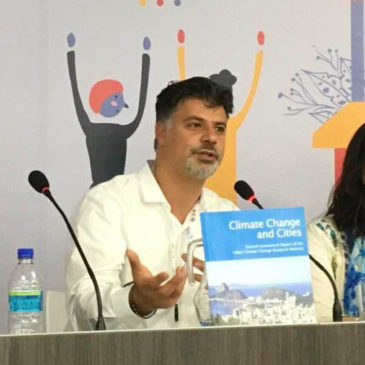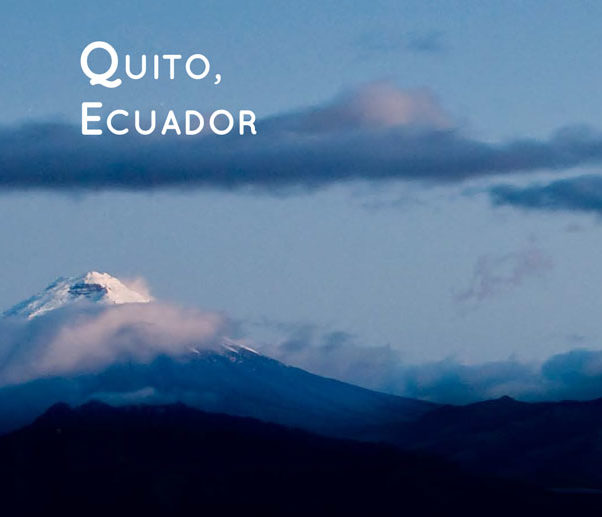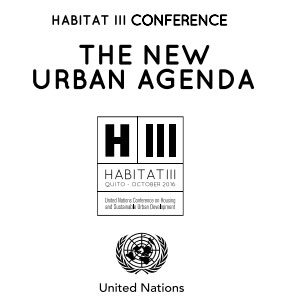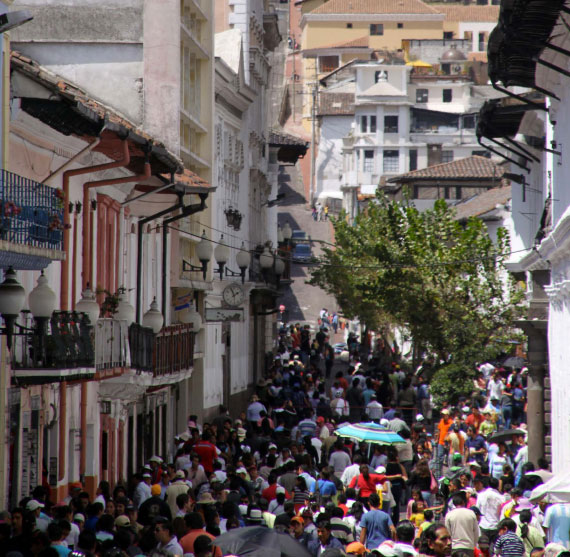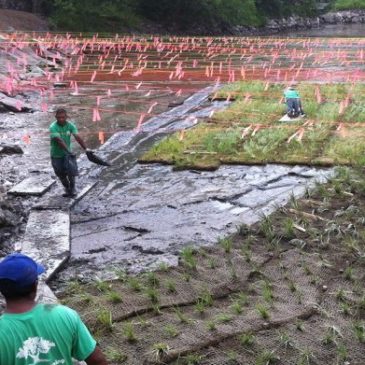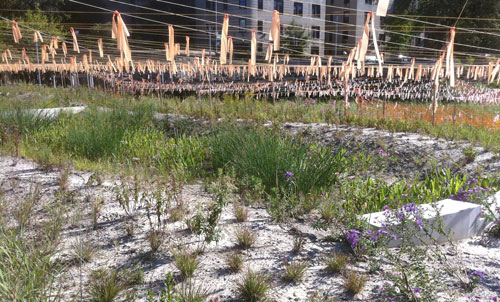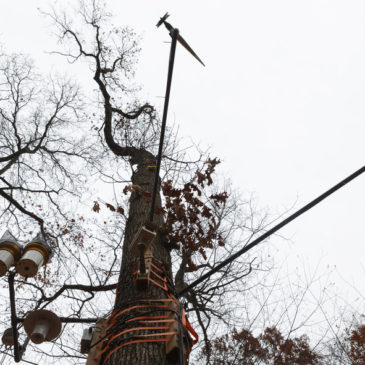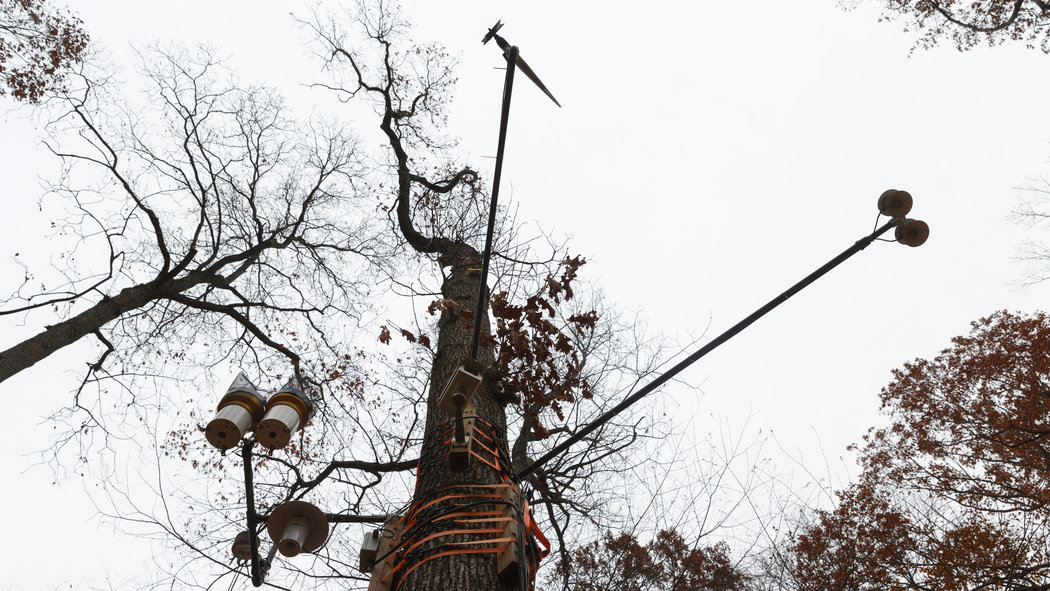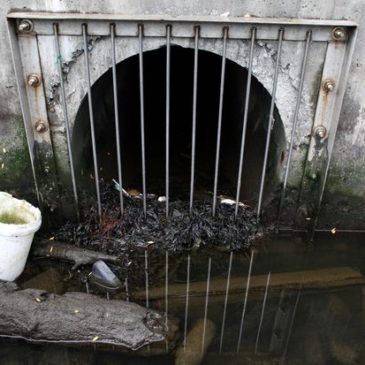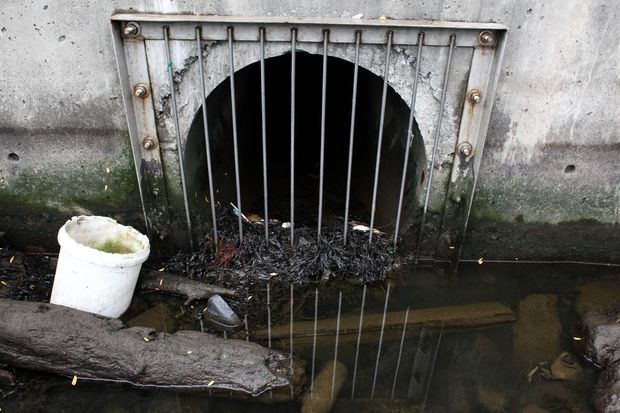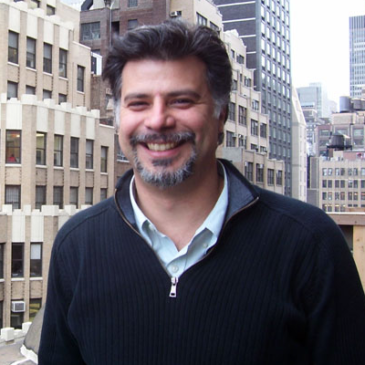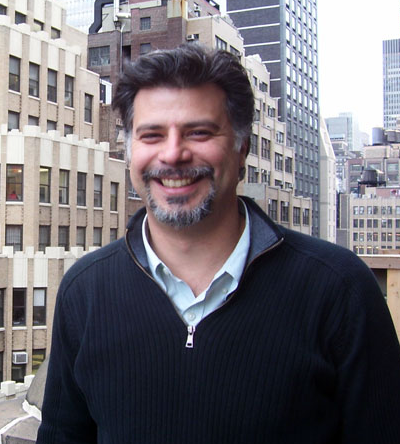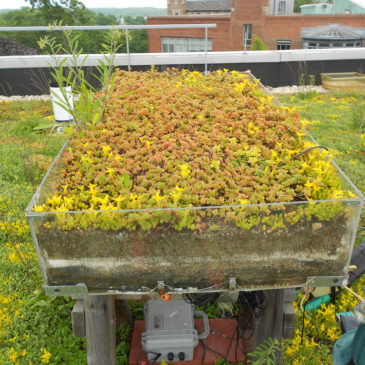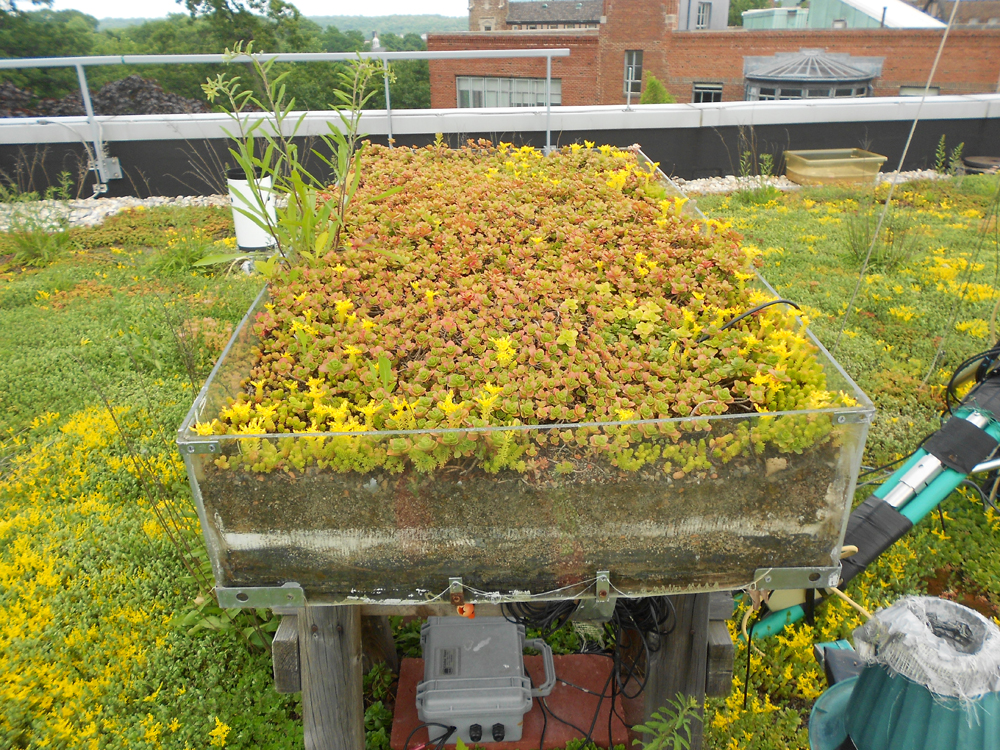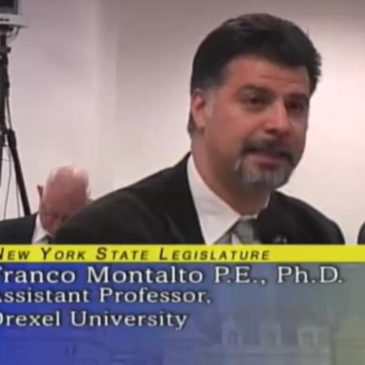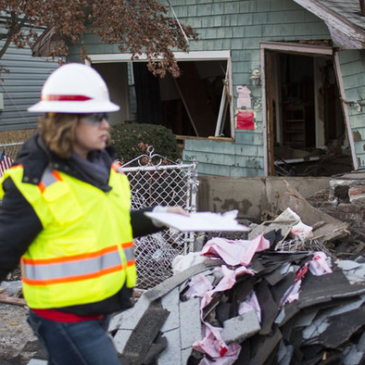Decision makers (and individuals) always try to get the most out of their money. However, I believe that we could generate a lot more public support and associated investment in ecosystem services if they were better calibrated to the values, needs, and goals of diverse urban residents.
By modifying the configuration of urban spaces, we can change what happens there, i.e. we add and subtract functions to that particular urban space. A small but rapidly growing body of researchers from different disciplines (including yours truly) are working in lock step with practitioners to study these projects. I am confident that this work, though in its early stages, will ultimately produce robust empirical, statistical, or physical representations of these dynamic conditions, enabling us eventually to predict the various functions obtained from discreet modifications to urban space.
A related, and much more fundamental question, however, is why and how we modify urban spaces in the first place. Stated differently, given that there are an infinite number of ways that we can design/redesign/modify a space, be it a living room, a rooftop, or a wall, how do we settle on any one concept? Research here is less prevalent.
I believe that many green infrastructure advocates often mistakenly assume that a common set of values underlies such decisions, and expect that consensus regarding ecosystem service goals should follow. In my opinion, there is absolutely no reason to believe that such assumptions would be true. Anyone who grew up in a city remembers how differently you perceived the kids from your block compared to the kids on the next one. Even if you grew up in the suburbs, you remember how different the neighborhood on your side of the tracks was from the one on the other side. Our cities are dynamic networks of enclaves (voluntary clustering for example by ethnicity, lifestyle, or sexual orientation) and ghettos (default and/or imposed involuntary segregation of minority groups). In the US, zoning and other land use policies have also segmented our cities into commercial, residential and industrial areas, and physically separated high income from low income households on parcels of different sizes. We’ve got neighborhoods that are “where it is at”, neighborhoods that are “up and coming”, and neighborhoods that may- or may never- be; we’ve got contested, dangerous, sacred, and safe spaces; and both public and private land. The folks who live, work, and circulate through urban neighborhoods see different opportunities, face different challenges, have different goals, and, therefore, desire radically different things from the spaces around them. As any community planning meeting will demonstrate, most proposed changes to communities generate debate. If the transition to more enhanced urban ecosystem services is to be meaningful in scale and impact, it too will generate significant debate and discussion, and different strategies will emerge in different places.
I suppose that on a very basic level, it is safe to assume that we all want cleaner, healthier, more efficient cities, and broad typologies of ecosystem services (e.g. clean air, clean water, etc.) can be mapped to these goals. But in this usage, the ecosystem service concept is, to me, too general to be actionable and will therefore only generate lackluster support from the public. On the other hand, if the growing body of ecosystem service practitioners is willing to get down and dirty, more nuanced (and therefore more relevant = politically powerful) ecosystem service goals that address the real needs, goals, and aspirations of community residents can be developed. If you were a city council person, would you expect more phone calls from your constituents if you touted the need for cleaner water, or if instead you articulated your support to efforts that would create opportunities for gardening for local seniors; cut off the ability of thieves to access the backs of our houses; and eliminate persistent puddling in the streets after rainstorms?
The challenge is that as diverse as our communities are, is as diverse as these customized ecosystem service goals will be. It takes time and effort to inventory community needs, and the responsibility for doing so does not fall squarely on a water department, a public works department, or even on local politicians. Yet, by definition, ecosystem service goals need to be elicited directly from the public. They will be varied and responsive to the needs of different urban constituencies. They will vary from community to community, and from city to city. They will need to be adapted and changed over time, as communities change.
I am suggesting that instead of viewing ecosystem services as some new, noble, post-Brundtland, 21st century, game changing theoretical concept, let’s just think of this term as a name for our ever-improving multi-faceted abilities to map local to global, built to natural, and people to nature. If we can demonstrate the relevance of the concept in this way, very little convincing of the need for investment in ecosystem services will be required. It will be obvious.


